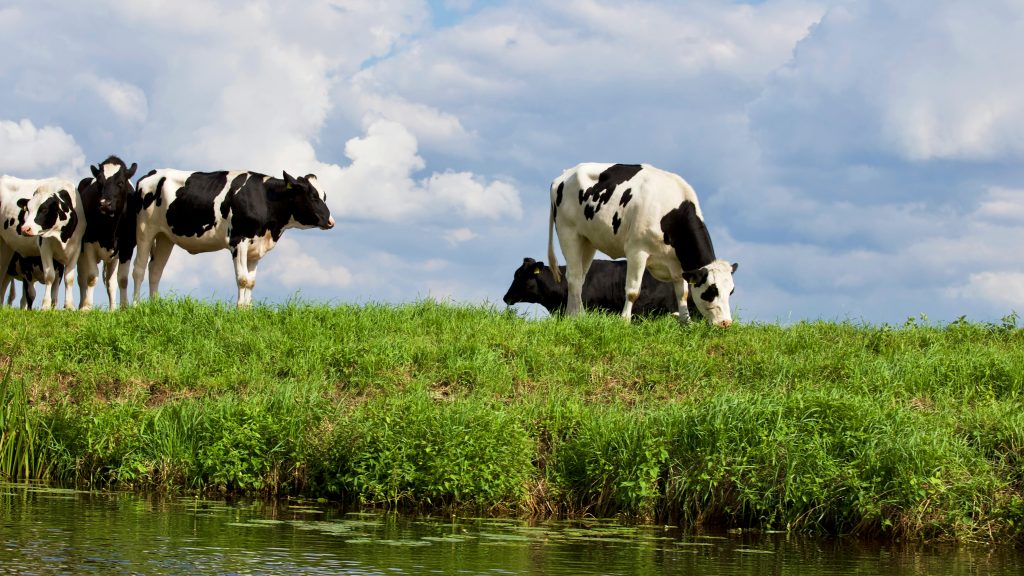One Of New Zealand’s Leading Soil Scientists Dr Gordon Rajendram Predicts A Paradigm Shift In Fertiliser Use On New Zealand Farms
One of New Zealand’s leading soil scientists, Hamilton-based Dr Gordon Rajendram, believes the time has come for a rethink on fertiliser use on the country’s farms. “An increasing number of New Zealand farmers are realising that the traditional fertiliser methods are not necessarily the best way forward,” he says. “Growing awareness, coupled with rising costs, is driving a paradigm shift in the overall perspective of fertiliser use,” Dr Rajendram says. A recent article on Ravensdown highlights how financial pressures are forcing farmers to curb spending on fertilisers, leading to lower sales for that business. “While economic challenges play a role it is fair to say that competition and greater farmer awareness are also major factors in this shift. Farmers are becoming more informed about soil science and recognising that they may not need as much phosphate as previously recommended,” Dr Rajendram said. “Phosphate fertiliser has long been marketed as an essential annual input, but research and field experience show that many New Zealand soils retain phosphate for several years. Excessive application not only wastes money but also contributes to environmental issues such as runoff into waterways. Forward-thinking farmers are now testing their soils more regularly and applying fertiliser based on actual need rather than the traditional scattergun approach.” “Another significant trend is the changing approach to nitrogen fertilisation. Instead of relying heavily on granular nitrogen applications, many farmers are moving towards spraying nitrogen in more targeted amounts, reducing overall usage by up to 50 per cent. This shift enhances efficiency, reduces costs, and minimises environmental impact,” Dr Rajendram added. “The decline in superphosphate sales and the move towards more strategic fertiliser use mark a turning point for the industry. Companies that have built their business models on persuading farmers to apply phosphate annually are facing the reality of an old, sunset industry,” he commented. “Farmers are no longer blindly following outdated fertiliser regimes. They are making informed decisions, embracing innovative approaches, and prioritising both economic and environmental sustainability. This shift is not just about cutting costs—it’s about farming smarter for the future,” he said. For more information, please contact: Contact Dr Gordon Rajendram 021 466077 rajendram@xtra.co.nz www.gordonrajendramsoilscientist.co.nz Contact Media PA phillip@mediapa.co.nz 027 458 7724


